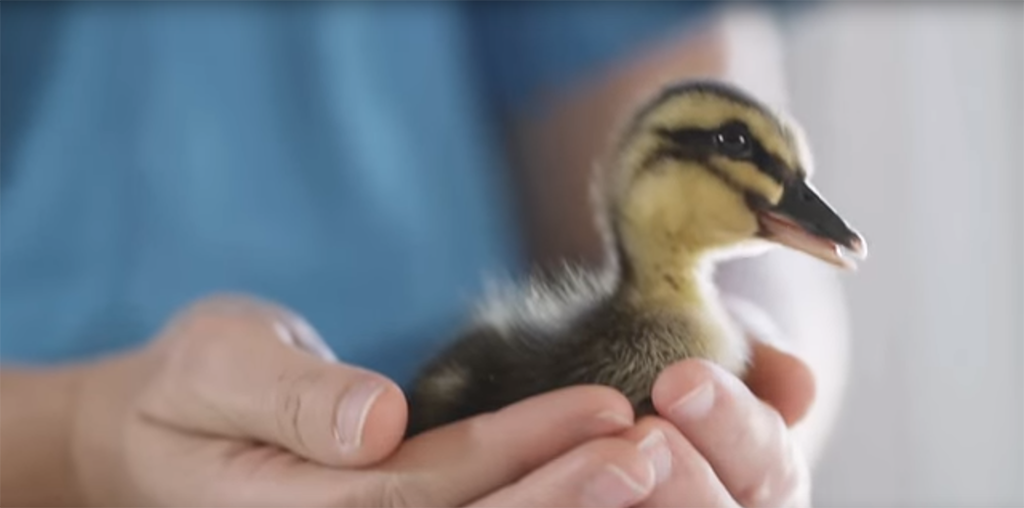
A Marketing Strategy for a Cause (and how to pull it off too)
How often have you, as a consumer, opted for the pink kitchen cooking utensils during Breast Cancer Awareness Month rather than the regular stainless steel set of knives? Or grabbed a pack of dish detergent tablets that boast a “clean and green” message rather than the standard yellow dishwasher fluid you’ve come to know? It’s probably more often than you think.
According to a “Cone Millennial Cause” study, 89 per cent of young Americans would switch from one brand to another of a comparable product if said brand was connected to a cause. That is to say, when people are given the opportunity to make better, more meaningful, and ethically sound choices by doing business with a company they know is morally upstanding, they will. That’s because—as a 2009 TEDTalks has shown us—people don’t buy what we do, they buy why we do it.
In a similar study collected by the Cause for Marketing Forum, 42 per cent of North Americans agreed they would pay more for products aligned with positive social and environmental impacts. At our core, people are good. When given the opportunity to contribute positively, especially when it requires doing nothing more than switching up their buying habits, they do.
Four factors unite for the most effective cause marketing in the biz
There are four factors that make cause marketing effective: when the cause aligns with the brand’s target, when we identify the measurable goals of the campaign, when we build and promote an online presence to grow the cause and its campaign, and when we partner with a not-for-profit related to the cause.
Dove’s campaign for Real Beauty has a good handle on the first of the four factors that make cause marketing effective—the company appeals to its target in a way that resonates with them. Advertisers of beauty brands have long stood on the heels of making women feel less than beautiful. Implied messages often include, “You’re not beautiful when you’re aging, therefore you need our anti-aging skin care line,” or “You weren’t born with gorgeous eyes, fake it with our line of lash-maximizing mascara.” The brand appeals to its target by addressing long-standing issues with women’s self-esteem, but their cause aims to improve it rather than break it down. Their sentiment for the You’re More Beautiful Than You Think video shows some women’s self-distortion when talking about their looks as they get a forensic sketch artist to draw them as they see themselves. While this video doesn’t necessarily promote any single product, it’s selling its ethos to the audience, and in the end, that’s why people buy.
The second factor that makes cause marketing so effective—identifying the measurable goals of the campaign—is well demonstrated by Dawn dishwashing soap’s ad that featured animal victims of oil spills being cleaned with the “tough but gentle” product. Dawn aligned themselves with oil spill clean-up efforts and animal welfare by noting that it was their soap that helped rescue wildlife in the post-Gulf Coast oil spill in 2010. Additionally, the brand pledged to donate $1 million to rescue efforts that year — communicating to its audience that they had a measurable, and reachable, goal to help the cause.
Partner up, go viral and most of all do it for a good cause
The third strategy in executing a great cause marketing campaign is building and promoting an online presence that helps grow the cause. This is done by engaging an audience where they’re sure to be seen — on the net. When consumers are engaged in places that feel organic to them, say, Instagram, YouTube, or surfing the web, they don’t feel marketed to but rather connected with. A successful example of this was 2014’s famous Ice Bucket Challenge set up by the ALS Association. The not-for-profit encouraged people to dump buckets of ice and near-freezing water over themselves — a feeling that is said to be similar to losing nerve function symptomatic of amyotrophic lateral sclerosis — and share their videos via social media with the hashtag #ALSIceBucketChallenge. Six months after the initial post, the worthy cause saw more than 2.4 million videos uploaded and $115 million in donations to the non-profit.
That brings us to our last factor in running a successful cause marketing campaign — never underestimate the power of partnership! To run a successful cause marketing campaign, partnering with a not-for-profit organization related to the cause will give your campaign more credibility. For example, the Safeway Foundation and EBL Media partnered for the Hunger Is campaign — a cause that aimed to quell childhood poverty and hunger. Actress Viola Davis led the video that saw the two companies collaborating on a common goal: ending juvenile hunger. In the meantime, the grocery giant drew attention to buying their brand, while EBL Media was lauded for its philanthropic efforts.
But what differentiates cause marketing and ordinary marketing? While some companies may get upset if a competitor were to rip-off their unique marketing methods, in cause marketing, it’s a different ball game. A company would be flattered — happy even — if a friendly rival imitated their marketing since it all benefits a good cause.
If you want to learn more about specific key elements of an effective marketing plan, read our 50+ page booklet on How to Write A Strategic Marketing Plan That Yields ROI – complete with explanations




